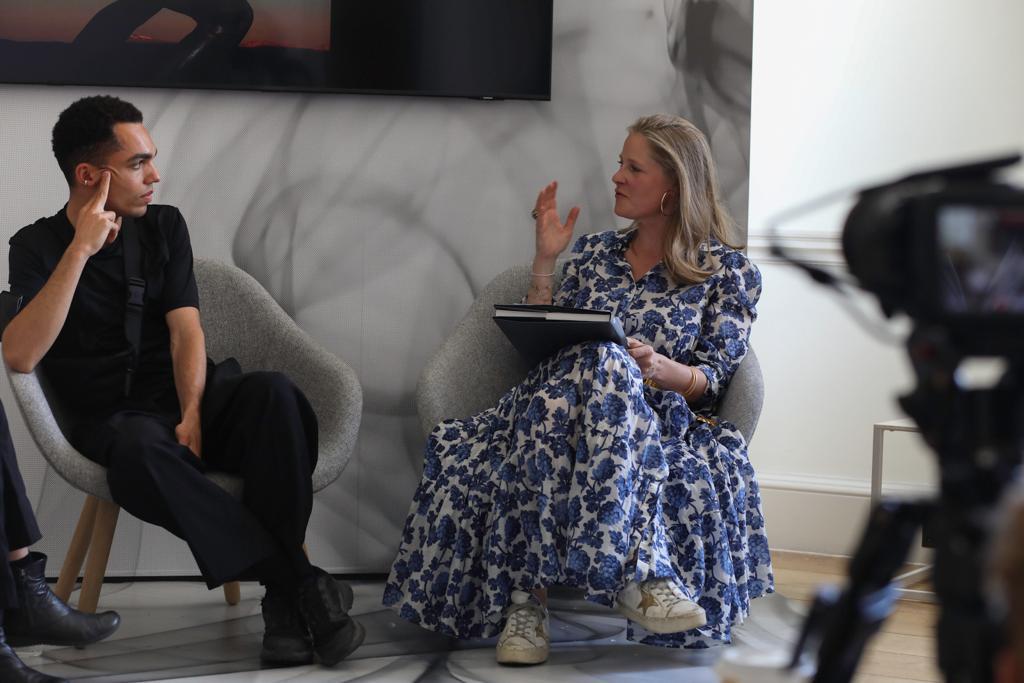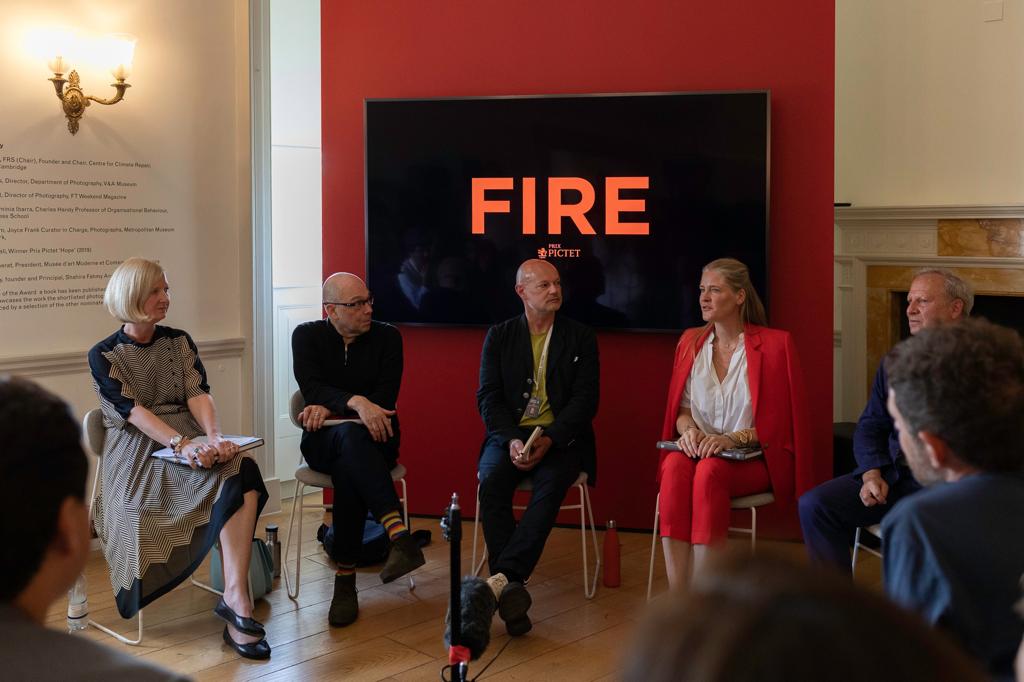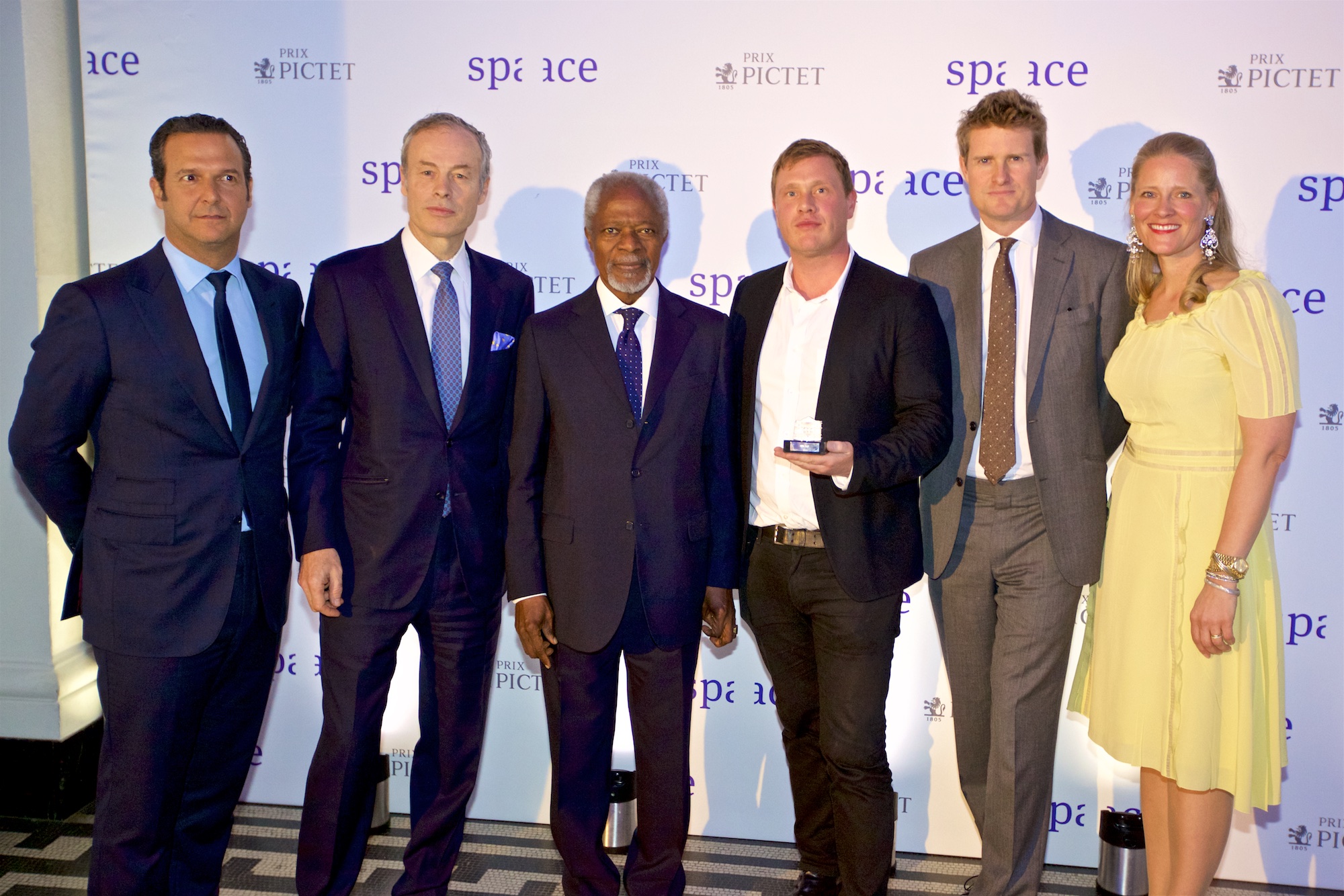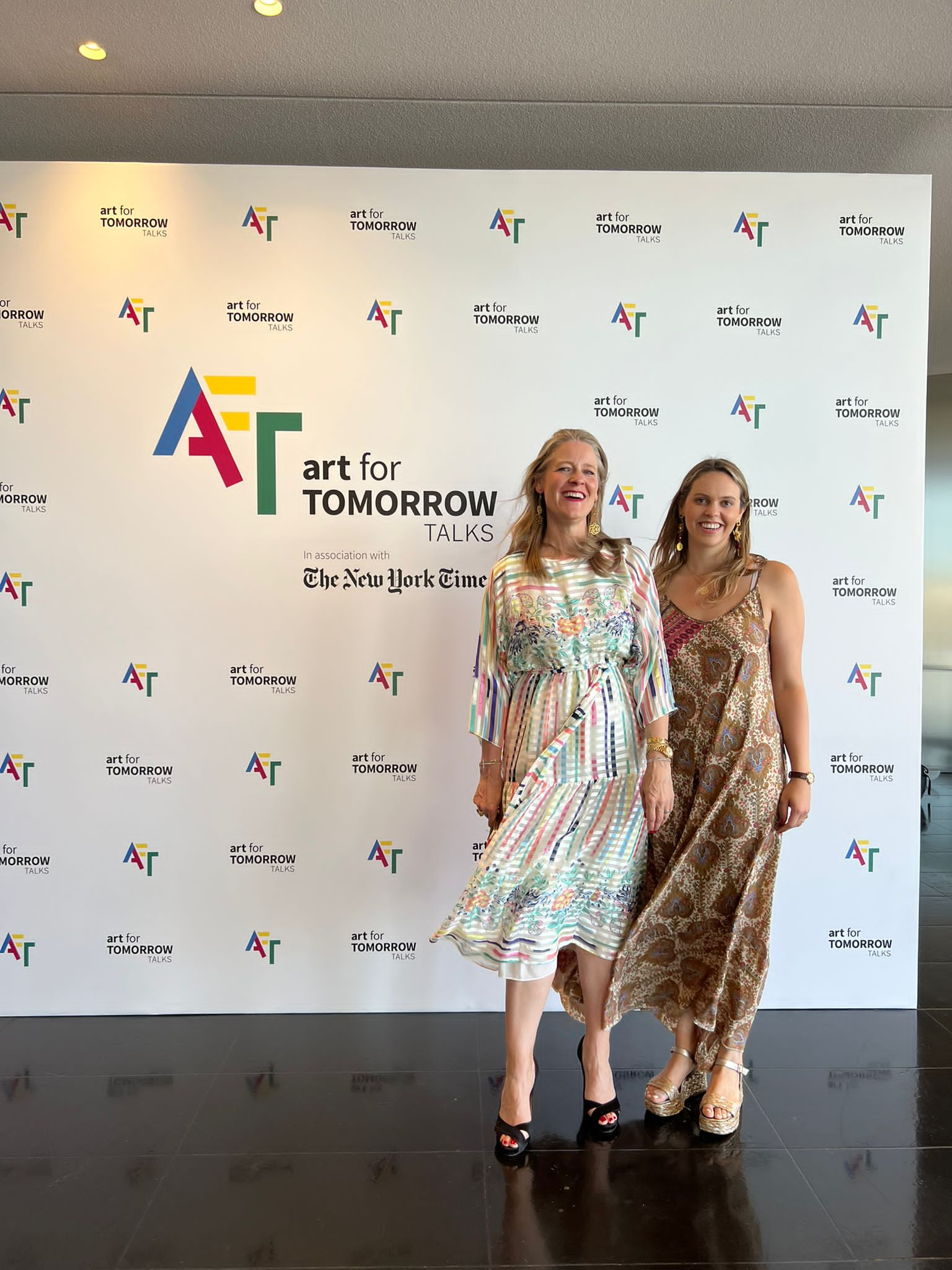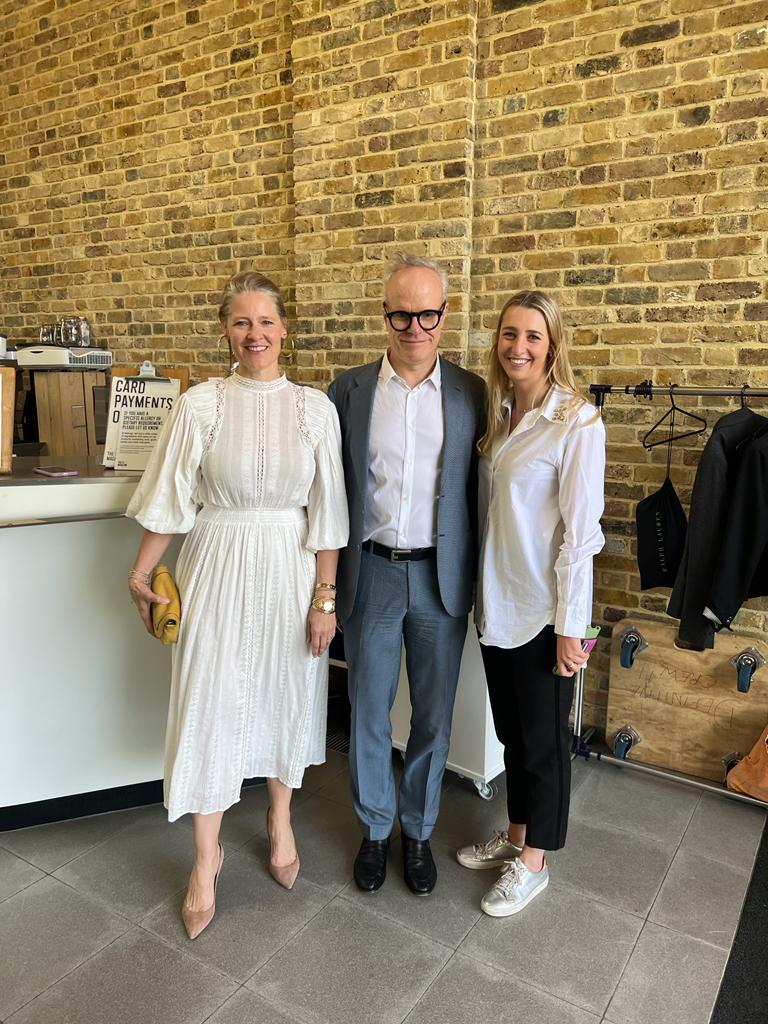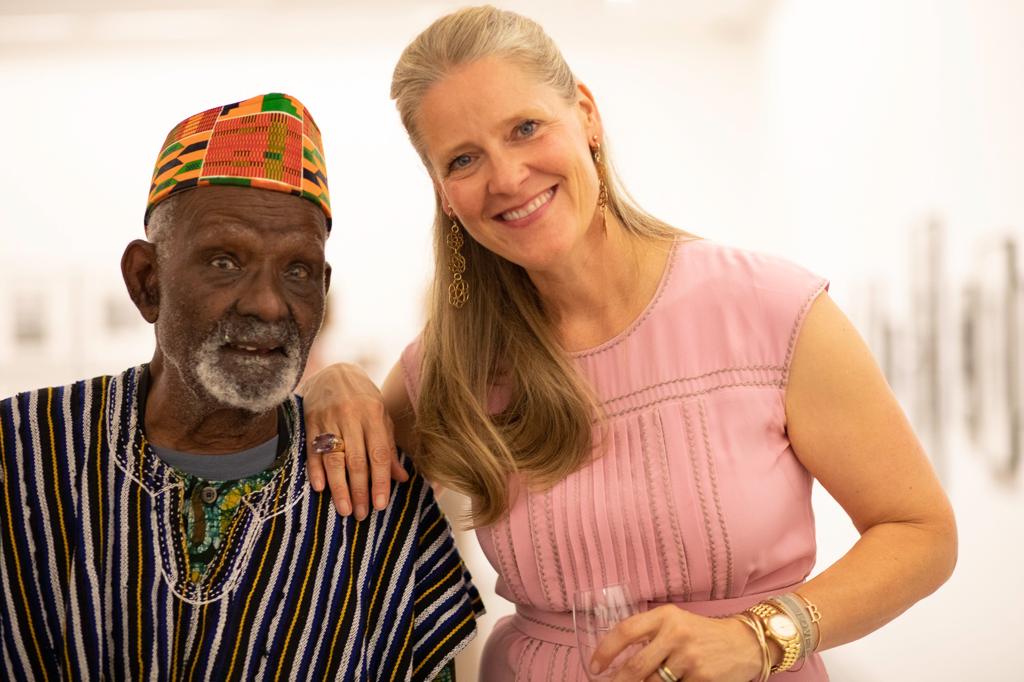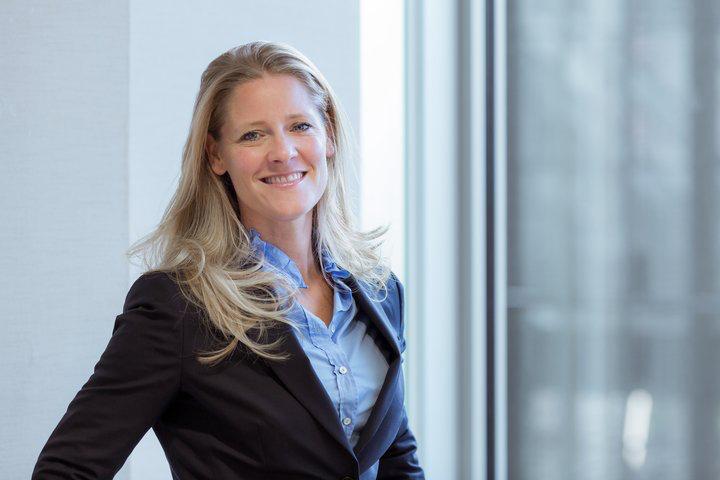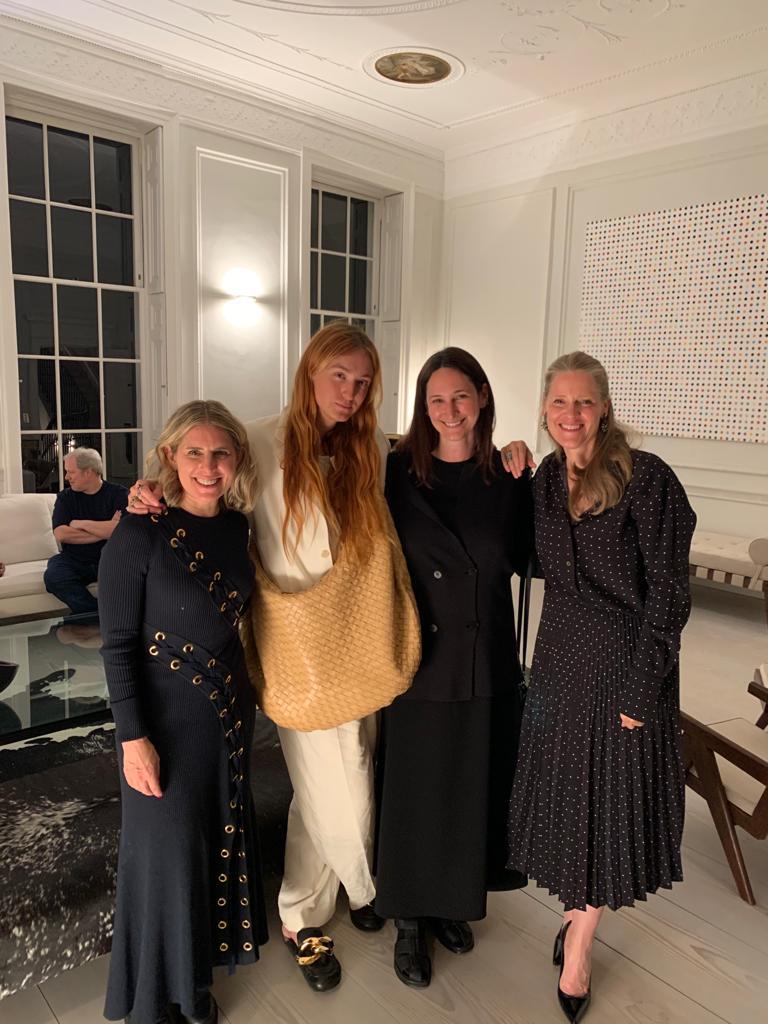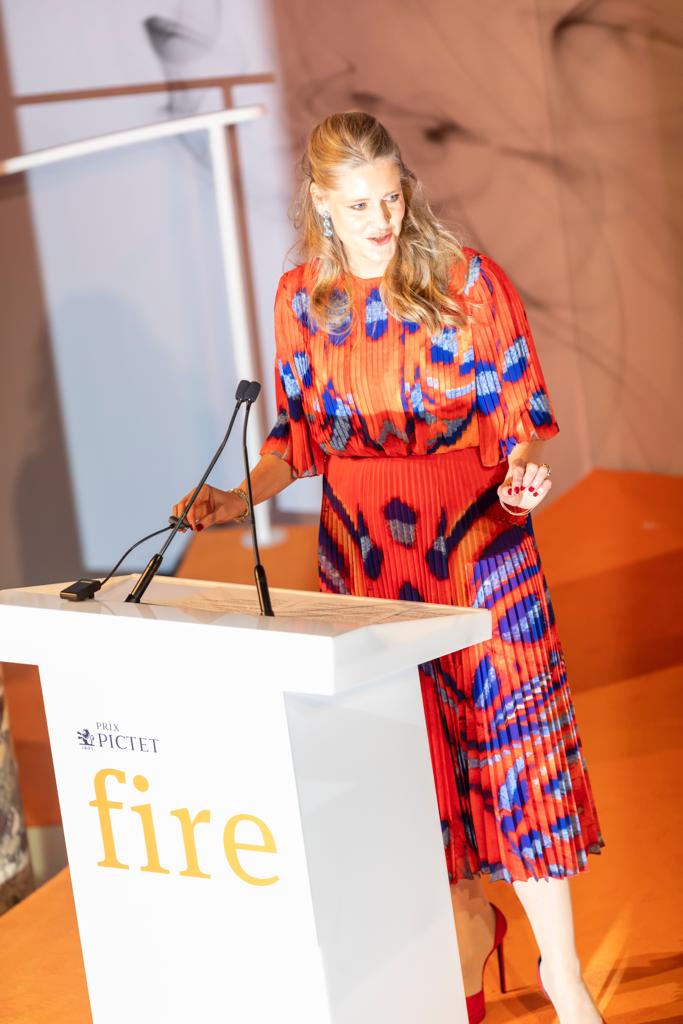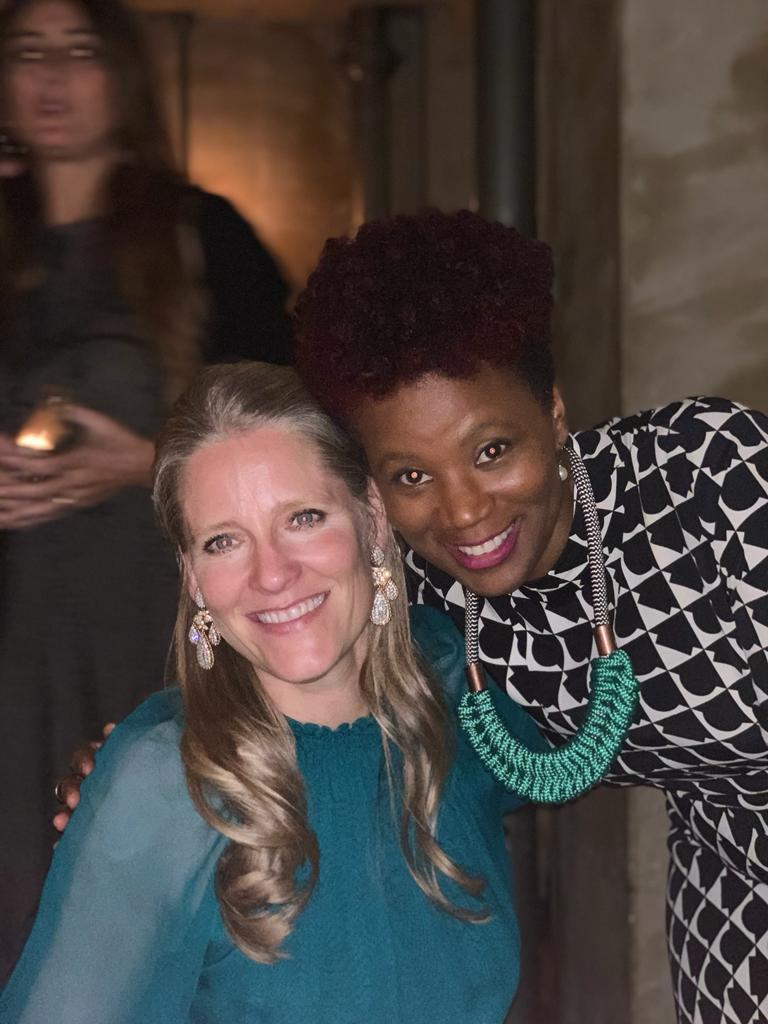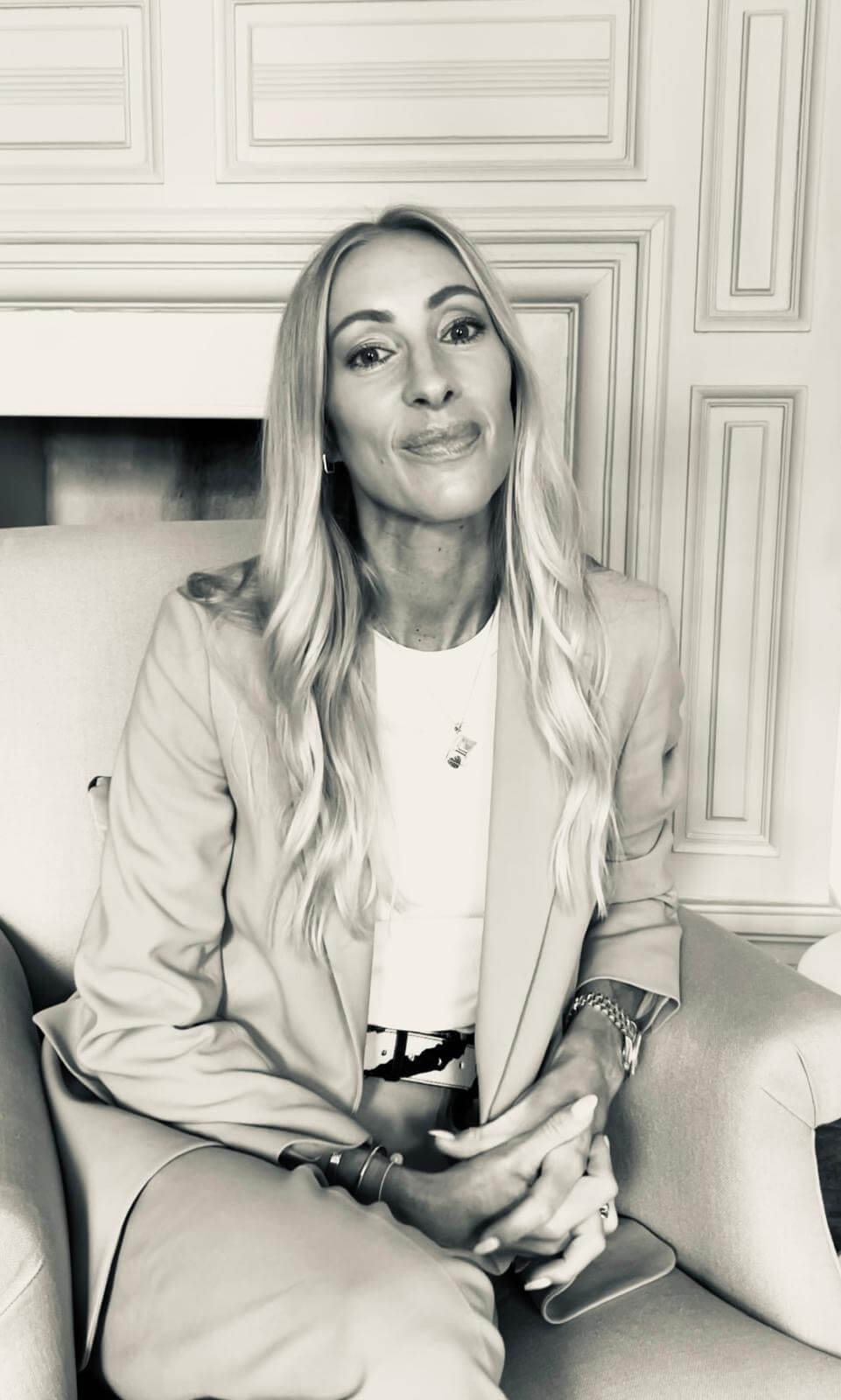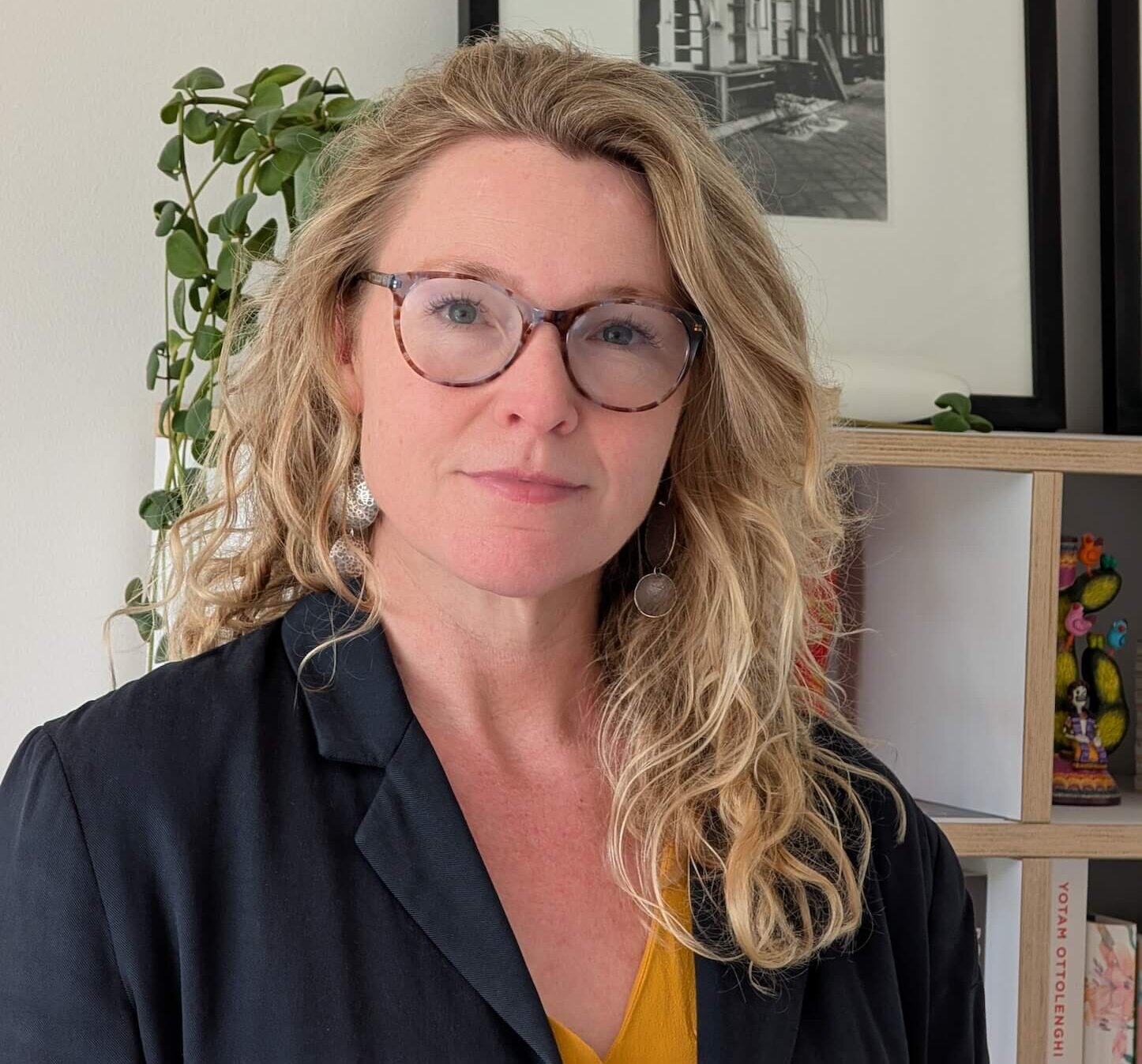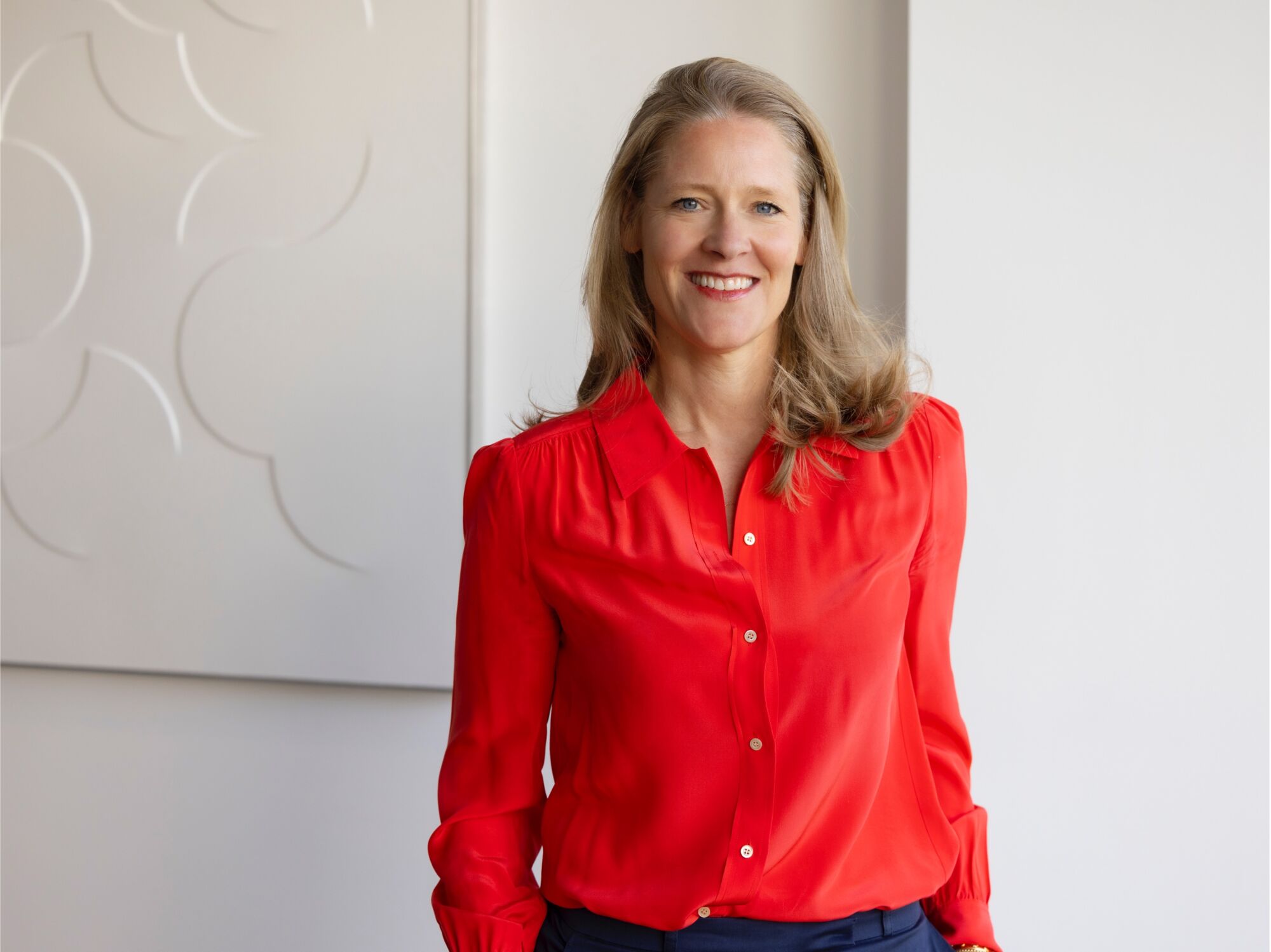

Interview Isabelle von Ribbentrop, the Executive Director of Prix Pictet
Isabelle has been instrumental in the development of the Prix Pictet photography award, which since its creation in 2008 has become one of the world’s most important arts prizes tackling sustainability and environmental issues.
Prior to joining Pictet, Isabelle also founded the Elisabeth von Senden foundation, named after her late mother, with her father and brother. The purpose of the foundation, the first of its kind, is to provide psychological support for cancer patients. She continues to be responsible for fundraising and marketing in order to donate money to various oncology wards.
THE WICK: Talk us through your typical Monday.
Isabella von Ribbentrop: As a working mother with four children, Mondays are defined by one word: multitasking. My typical start of the week begins at 6am, when I try to take a quick Pilates class if I have time. Those early hours of the morning, before any of the family or my colleagues wake, are priceless to me. I am able to reconnect with myself and have a moment of stillness. After that, the chaos begins. I quickly get myself and the children fed and ready. The older children don’t need much help anymore, but my four-year-old miracle, Cecilia, is still very much dependant on me, so I make sure to give her proper time and attention. Once everyone is out of the door, I take Cecilia to kindergarten on my way to our office in Moorgate, all while taking our weekly 8.45am group communications call. Once I finally make it to the office, I spend a few hours answering and prioritising emails. My day is filled with countless meetings, sometimes all over London; I get calls from colleagues, agencies and teachers, all needing something from me. I carefully multitask and, by the time I get home, all the kids are waiting for me, where we have dinner and go over homework. Some Mondays, of course, I have gallery openings or dinners that I cannot miss, so the day truly never ends until the early hours of Tuesday. Sleep is a rare occurrence for me.
TW: How did you become so passionate about photography?
IVR: I became passionate about photography when I realised the power it holds to transmit messages that might not be transmissible via any other medium. You have to understand, when we founded the Prix Pictet photography prize in 2008 iPhones and digital cameras were not commonplace and photography was just starting to really consolidate into a respected medium. Instagram was not founded yet. I found myself drawn again and again to these beautiful, and often heavy, interpretations of our world.
TW: What’s Prix Pictet and its mission?
IVR: The Prix Pictet’s mission is to harness the most powerful photographs in the world to bring attention to the most pressing issues on sustainability facing our planet. We believe spreading the word, both digitally on our website, social media channels and podcast, and in person through our international touring exhibition, which goes to the best museums in the world, might inspire others to make a difference and take action against the appalling damage we have done to the planet and to each other.
TW: Tell us the inspiration behind the theme “Human”.
IVR: Human is a special cycle for the Prix Pictet, as it marks our tenth theme after 12 years since we established the prize. We thought carefully about this and decided on “Human” to celebrate human creativity, innovation, and entrepreneurship, but also note how too often our triumphs in science, engineering and technology come at monumental cost. The human story is more often a tale of conflict and despair than of nurture, love and co-existence.
“I do believe amateur photographers can be emerging artists, and that is why the Prix Pictet is not limited to established photographers.”
Isabelle von Ribbentrop
